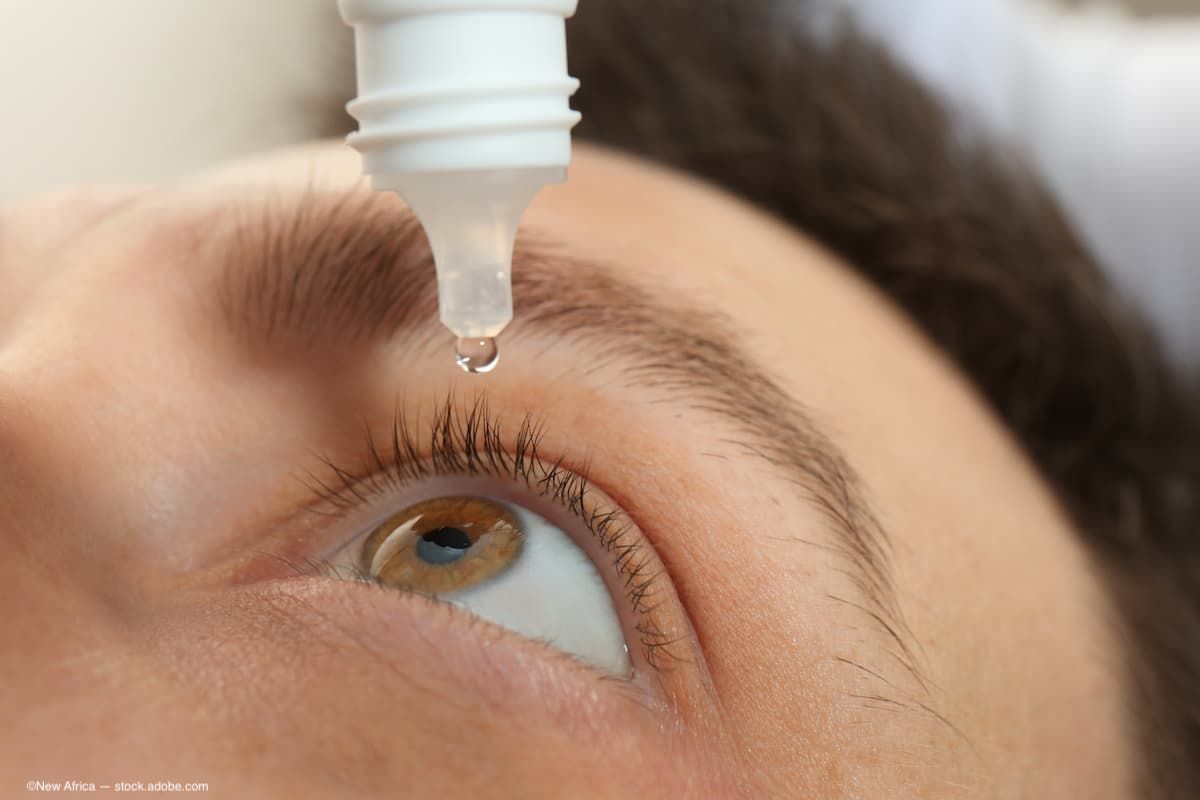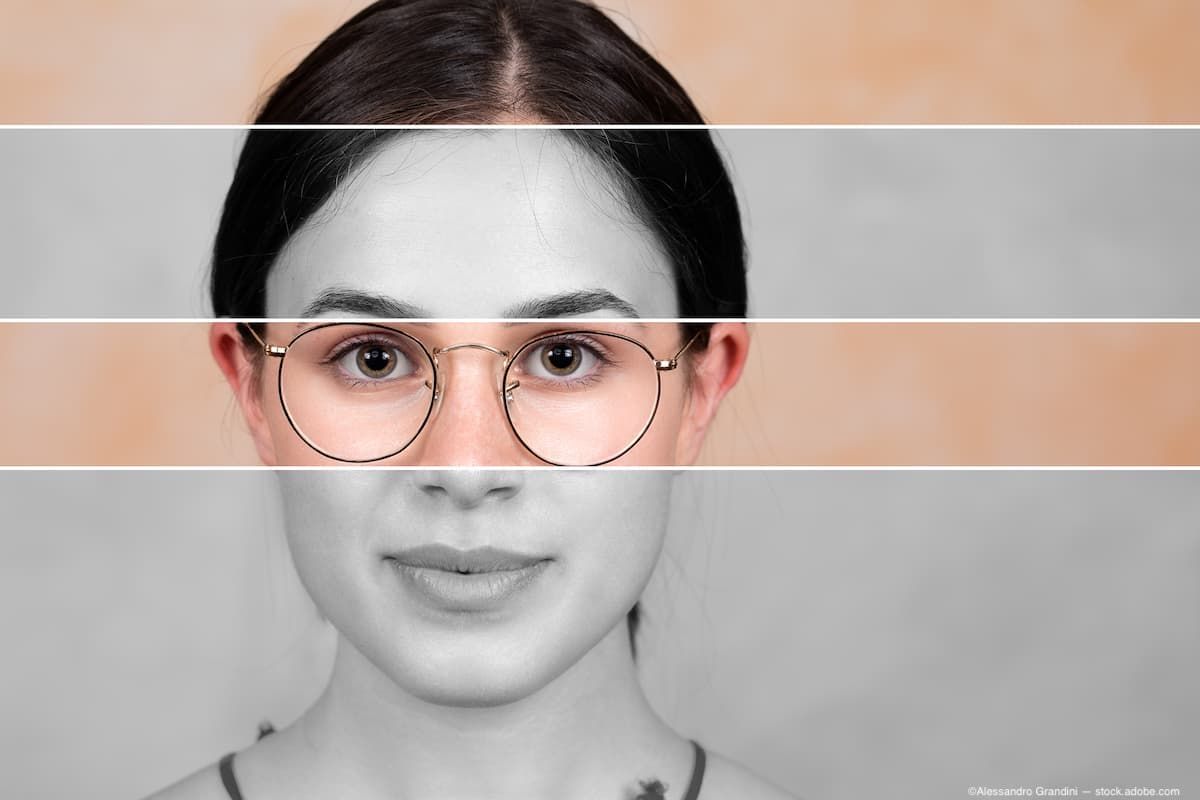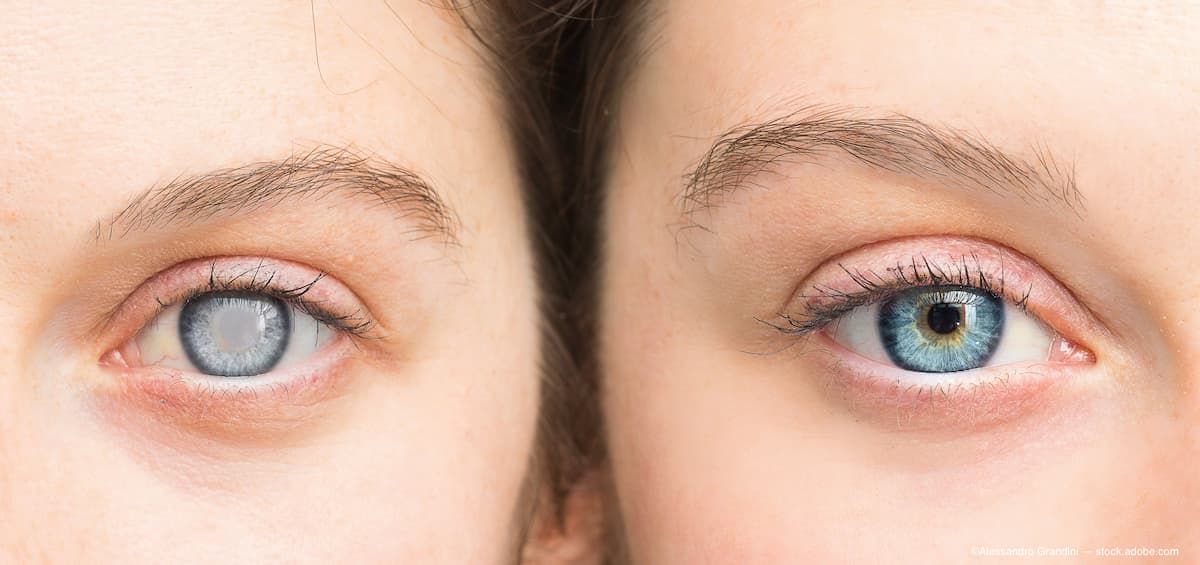Article
ASCRS 2020: Smooth practice reopening or opening a Pandora’s Box?
Author(s):
Reopening practices requires attention to numerous details. As eye care specialists consider re-opening, they have three main challenges that must be overcome to successfully proceed: protect patients, staff, and doctors; project a safe environment; and provide excellent eye care.
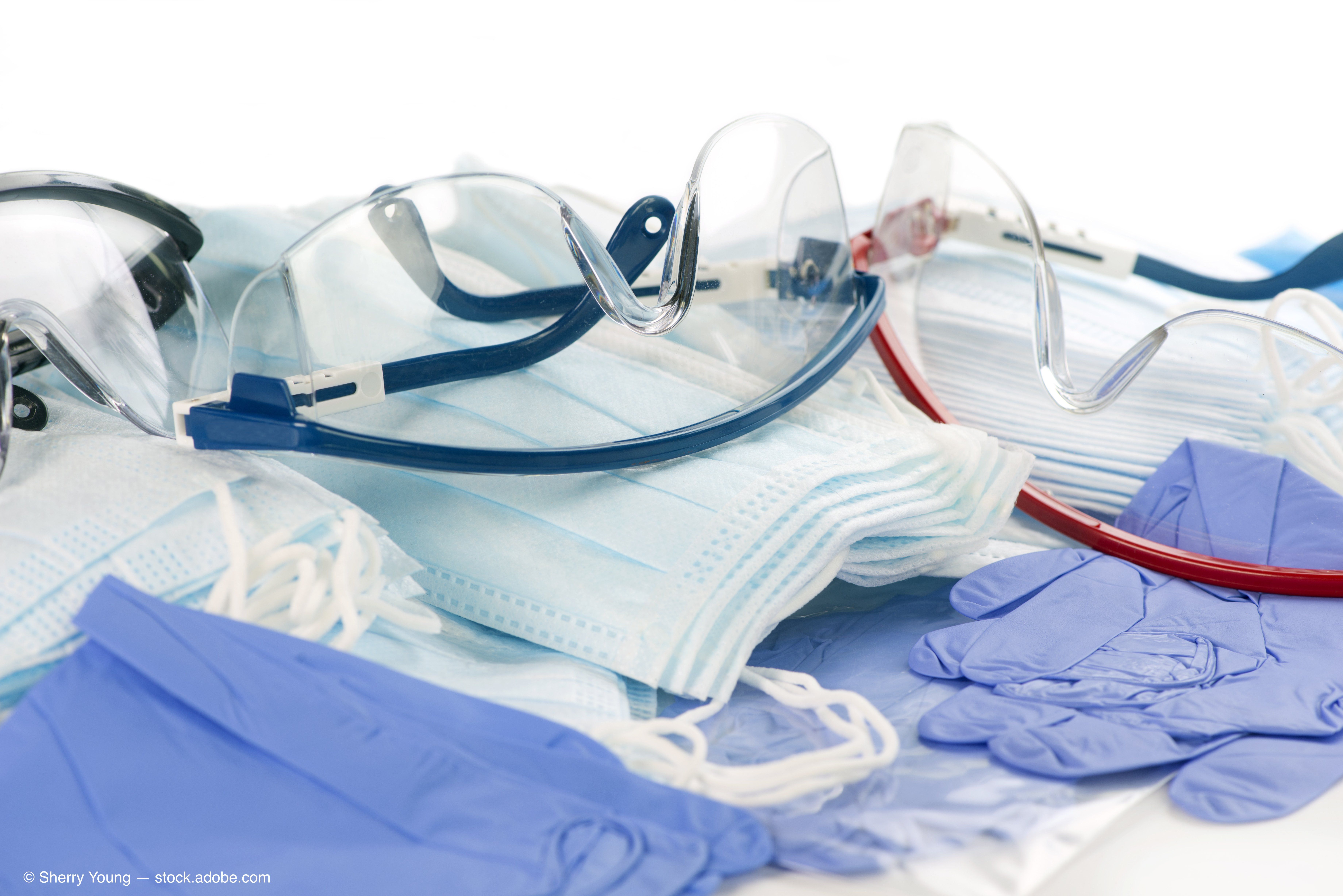
Francis Mah, MD
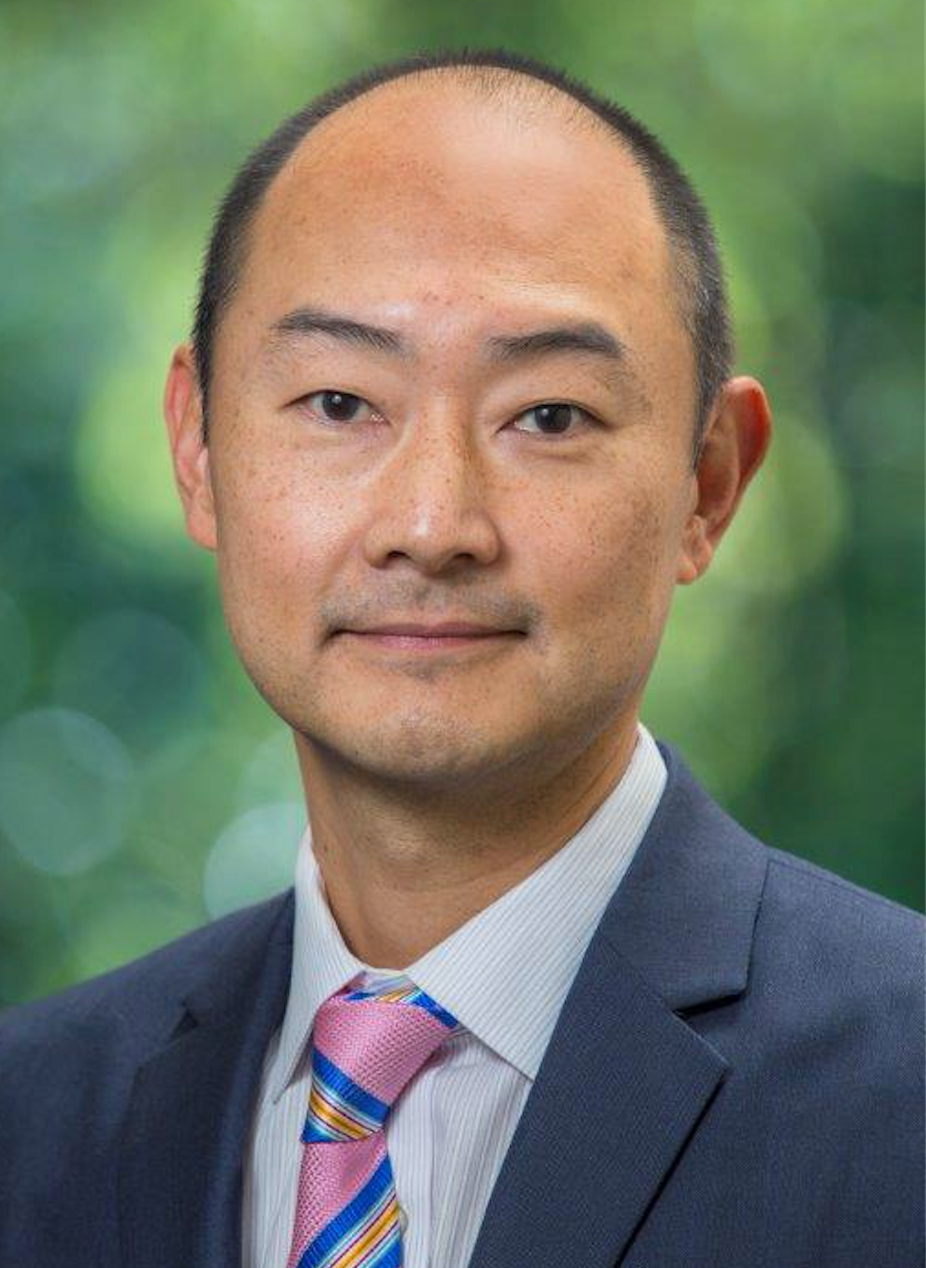
Reviewed by Francis Mah, MD
The arrival of the COVID-19 virus heralded a new era in the United States and around the world that caused physicians in practice to abruptly change direction. This meant closing practices and prioritizing the activities with which to carry on throughout the course of the pandemic.
Things have progressed over the past weeks to the point at which physicians in some areas are considering reopening their practices. But this can be easier said than done.
With this invisible enemy around us, perhaps the best path for physicians to protect themselves and their staff members is to assume that everyone who enters the practice has the virus.
“Ophthalmic practices will have asymptomatic or pre-symptomatic patients present in their clinic. And with that comes the obligation to adopt protocols to prevent the transmission of the disease to healthcare personnel and patients. This is crucial,” Francis Mah, MD, said during a presentation at the American Society of Cataract and Refractive Surgery Virtual Annual Meeting.
Protect, project, provide
As eye care specialists consider re-opening, they have three main challenges that must be overcome to successfully proceed: protect patients, staff, and doctors; project a safe environment; and provide excellent eye care.
Fortunately, there are some federal agencies which can provide some global direction on concepts to begin the process. The recently CDC-issued guidelines that help medical practices ensure safe reopenings as the pandemic continues include minimizing exposure and risk to the practice, protecting healthcare personnel, providing a safe environment for patients, adhering to standard transmission safeguards, isolating COVID-19-positive or symptomatic patients promptly, limiting visitor access in the clinic, and implementing triage and telemedicine options to reduce face-to-face encounters as appropriate. Specific guidelines are available on the CDC website.
CMS has issued another set of global guidelines for medical practices that advise “in coordination with state and local public health officials, facilities should evaluate the incidence and trends for COVID-19 in their area.
Facilities should evaluate the necessity of the care based on clinical needs, prioritizing surgical and procedural care, and also consider establishing non-COVID care zones that would screen all patients for COVID-19 symptoms, including temperature checks.
Finally, that health care providers and staff should wear surgical facemasks at all times and patients should wear a cloth face covering if they do not possess surgical masks.”
Visit the CMS website for details.
Masking the issue
One of the most effective measures to implement to reduce the spread of Coronavirus is the wearing of masks, and appropriate consideration must be given to the whys and wherefores of mask wearing, according to Dr. Mah.
“Masks help reduce spread because 20% to 30% of infected patients are asymptomatic; while another 20% to 30% of contagious patients have mild disease or are pre- or post-symptomatic. So, by wearing masks, the purpose is not necessarily to protect themselves, the purpose of wearing masks is to protect those around them and vice versa,” he said.
Choosing which mask to use is the next hurdle. Much of this discussion depends on your access to various masks, and PPE (personal protective equipment), in general. N95 masks block at least 95% of particles including microbes that are 0.3 microns in size; for perspective, a human hair is 70 to 100 microns wide, Dr. Mah pointed out.
However, to achieve that high mark, the mask has to fit tightly, facial hair, for example, will interfere with the optimal fit. Since N95 masks are generally in high demand, these masks should be reserved for health care personnel who deal directly with infected patients.
The valved N95 mask came about when industries such as mining and manufacturing started using the N95 masks to make the exhalation easier and cooler for the wearer.
However, since the valve doesn’t filter the exhalation, these masks are suboptimal since although the masks protect the wearer, it won’t help stop the spread of the virus since the virus is exhaled and free to enter the environment.
Again, the main purpose for the general society wearing masks is to stop the spread from those infected patients who are asymptomatic.
If an asymptomatic patient is wearing a mask with a valve, it defeats the purpose of wearing the mask in the first place. Surgical/medical masks, which are designed for single use, can filter up to 60% to 80% of microbes, but need to fit properly for maximal protection.
Handmade and cloth masks can function well, depending on the density of the material from which they are made.
The density can be evaluated by holding them up to the light. So the bottom line, according to Dr. Mah, is that a mask is effective only if worn properly.
“It must fit snugly from the top of the nose to below the chin with no gaps,” he said. “It should not be moved up and down, and the wearer should avoid touching their face. Any facial covering is better than no facial covering.”
Guidance
Although the CDC and CMS offer very practical guidance for reopening general medical practices, these recommendations may not be specific enough for eye care offices and ASCs (ambulatory surgical centers). Fortunately, more specific suggestions for our specialty come from our national societies.
The American Academy of Ophthalmology (AAO) gets very specific with their recommendations. Develop employee teams to limit exposure and rely on virtual meetings for office communication.
The AAO advocates health screenings for scheduled patients, including a call before entry, or meeting patients at the door with personnel wearing full protective equipment, such as gloves, mask and goggles; asking health questions and checking temperatures.
Patients must be required to wear facial covering and adhere to social distancing. Paperwork and copays can be collected by staff wearing medical masks and gloves. Any contact areas will be sanitized upon completing the check-in. For waiting areas, some redesign may be in order. Seating should be 6 feet apart.
The furniture should be able to be easily sanitized. High-risk surfaces such as magazines, coffee/water stations, and play areas can be eliminated and non-essential visitors limited. In clinic areas, workstations can be appropriately spaced and not shared. Protective screens can be placed around workstations with direct patient contact, testing equipment, and slit-lamps.
Importantly, advise as little talking as possible by patients and staff to decrease possible viral spread. In the clinic, floor markers can be placed for appropriate spacing.
Restrooms should be cleaned frequently, and proper ventilation ensured and air purifiers installed. Signage can remind patients to notify staff or physicians immediately about any viral symptoms and proper hand-washing hygiene.
Dr. Mah advised conducting a complete weekly walk-through of the entire facility to identify any new physical modifications that may be necessary.
Location, location, location
Many of the practices that offices embrace, such as the time of reopening, will vary by location depending on the degree to which the geographic region was affected by the virus.
Dr. Mah provided the following example. Northern San Diego, he pointed out, had a positive test rate of 7%. In contrast, in southern San Diego the positive test rate was 20%.
At the Scripps Clinic, personnel and patients can enter the office if they have a mask, and are asymptomatic, afebrile, and healthy; otherwise, they are told to stay home, or call their primary care physician, or go to the urgent care, or emergency room.
For the ASC and surgery at this time, Scripps requires justification for every non-essential case, e.g., lost driver’s license; 20/200 in better eye, unable to care for oneself. A negative test result for COVID-19 is required 24 to 48 hours prior to the scheduled surgery. Social distancing within the ambulatory surgery units determines the case times, which currently is about 50% of normal.
Finally, gowns, anesthesia equipment, and testing are the major limiting factors within his system, he said.
According to Dr. Mah, closing the practice is easy, but re-opening comes with many challenges.
“Challenges provide an opportunity to improve the status quo,” he concluded. “With a little effort and forethought, ophthalmologists can regain the trust of our patients, prevent the spread of coronavirus, and provide excellent eye care to our patients.”
Disclosures:
Francis Mah, MD
E: Mah.Francis@scrippshealth.org
Dr. Mah has no financial interest in this subject matter. Dr. Mah is Director, Cornea and External Disease, and Co-Director, Refractive Surgery Division of Ophthalmology, Scripps, La Jolla, CA
Newsletter
Don’t miss out—get Ophthalmology Times updates on the latest clinical advancements and expert interviews, straight to your inbox.


